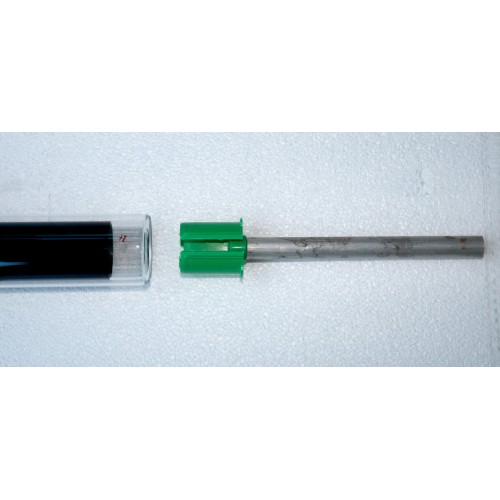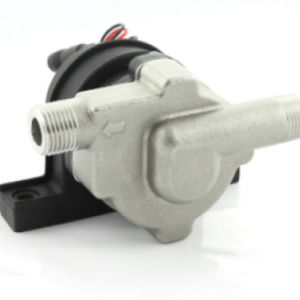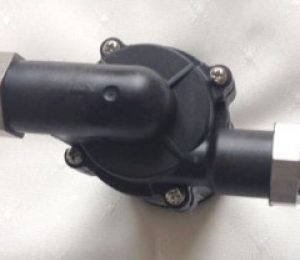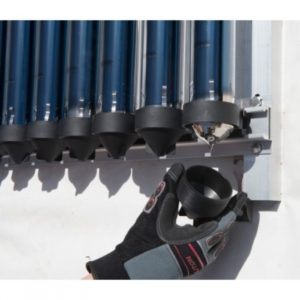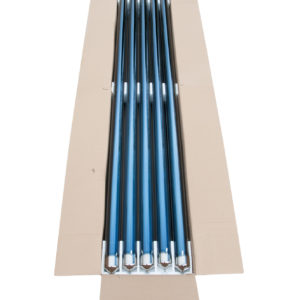Magnesium sacrificial anode rod
Description
Sacrificial Anode Rod with tube adaptor
- Magnesium oxide (MgO) content, ≥ 98.5%
- Calcium oxide (CaO) content, ≤ 0.3%
- Iron (Fe) content, ≤ 0.1%
- Silicon (Si) content, ≤ 0.5%
- Aluminum Oxide Al2O3, ≤ 0.3%
Magnesium oxide (MgO) NS-SAR200 are designed to compliment and increase the lifespan of steel tanks.
What are they?
Anodes rods comprise of either magnesium, aluminium or zinc and are installed in hot water tanks during production to prevent rust and corrosion. They have been proven for decades and go a long way in avoiding heater damage and hefty replacement costs.
Evacuated Tube Solar Hot Water Systems benefit form Anode Rods and increase the tank lifespan by up to double.
The term “sacrificial anode” is comes from the anode’s function. The rod will corrode in place of the heater’s exposed steel through a process called electrolysis, which is utilised whenever metal needs protection from water. This occurs when the two pieces of submerged metal react to a voltage.
During electrolysis, the less noble (more reactive) metals will corrode before the more noble (less reactive) metals. In the case of anodes and water heaters, magnesium, aluminium and zinc are less noble than steel, so they will corrode first, acting as a kind of shield for the tank.
Depending on the quality of the anode and the volume of water involved, a typical rod will last 2 to 4 years. Once fully corroded, the anode will cease to protect the heater, which will begin to deteriorate if not replaced.
80L tank will benefit from one rods
Additional information
| Size | 47mm, 58mm |
|---|

